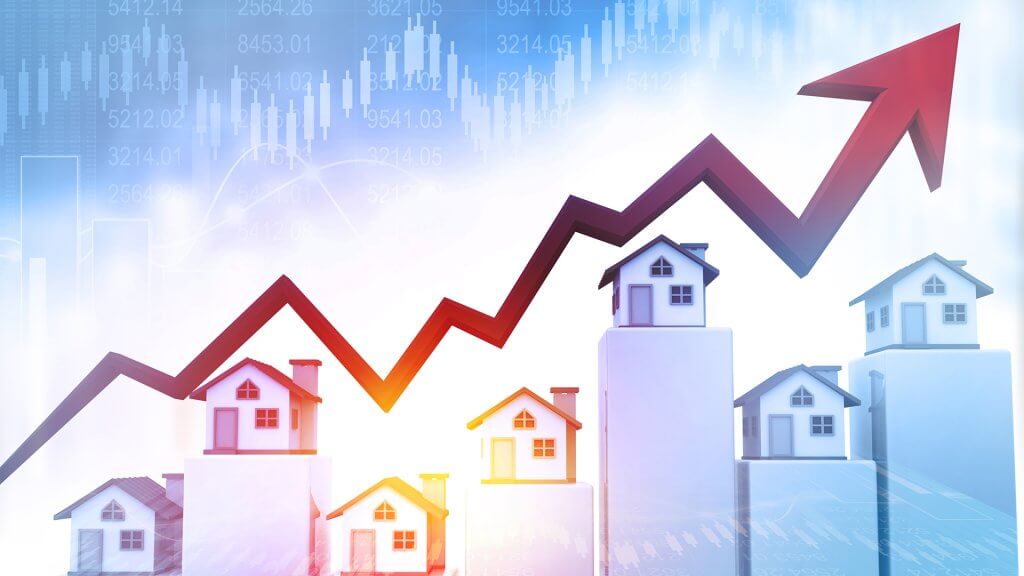Sky-high rates of inflation on energy prices have had a significant impact on businesses as well as consumers all around the world. This has also prompted central banks, from most countries, to tighten their monetary policies and raise interest rates – at the fastest pace in recent memory. As a result, the cost of running a business and buying goods and services has never been higher than before, so will this pattern continue into the new year? In this article we will take an overview of 2022 and how doing business has changed and see how 2023 could look like.
Inflation thus far in 2022
Following the coronavirus pandemic and global lockdowns, inflation has been on the rise to help rebuild and recover the UK economy. As people began to spend their money again once businesses reopened, the demand for goods and services increased massively.
This demand put severe pressure on businesses, leading to the increase in supply prices which were then passed onto the end consumer, causing a financial impact that was felt by all.
In addition, the war between Ukraine and Russia has caused huge amounts of pressure on the fuel and food industry. With various sanctions being held against Russia, the import of their oil and gas was subsequently banned, meaning many EU countries had to look elsewhere, affecting supply and prices once again.
Impact on small businesses
Small businesses have been hit hard by the rise of inflation, with wholesale prices soaring and owners struggling to stay afloat. Not only this, but employers have had to keep up with wage increases that employees are expecting as compensation for the cost of living crisis.
Local pharmacies are struggling to keep up with the prices of basic medicines, leaving patients at risk of being left without prescription drugs that they heavily rely on. Chemists are running out of existing stock and can’t afford to purchase more, asking customers to look elsewhere.
As well as this, pharmacy insurance and other operational costs of the business have to be considered on top of these looming expenses, making it more difficult for them to stay open.
Predicted outlook for 2023
Fortunately, it’s expected that inflation will begin to fall from the middle of 2023. This is due to the price of energy not continuing to rise as quickly, with demand dropping off as we head into the warmer months.
Plus, the price of imported goods will ease, as businesses learn to deal with the challenges that were initially faced at the start of the crisis.
It’s also expected that demand for various goods and services across the country will decrease, meaning prices won’t rise at a fast rate and will eventually flatten out.
Banks have been raising interest rates to keep up with the rise of inflation, helping to slow down the ever-increasing prices in the UK. The continuous raising of interest rates is said to ensure inflation begins to reduce next year.






























